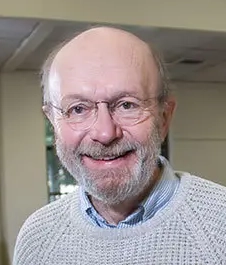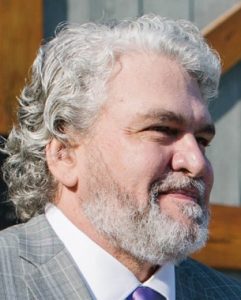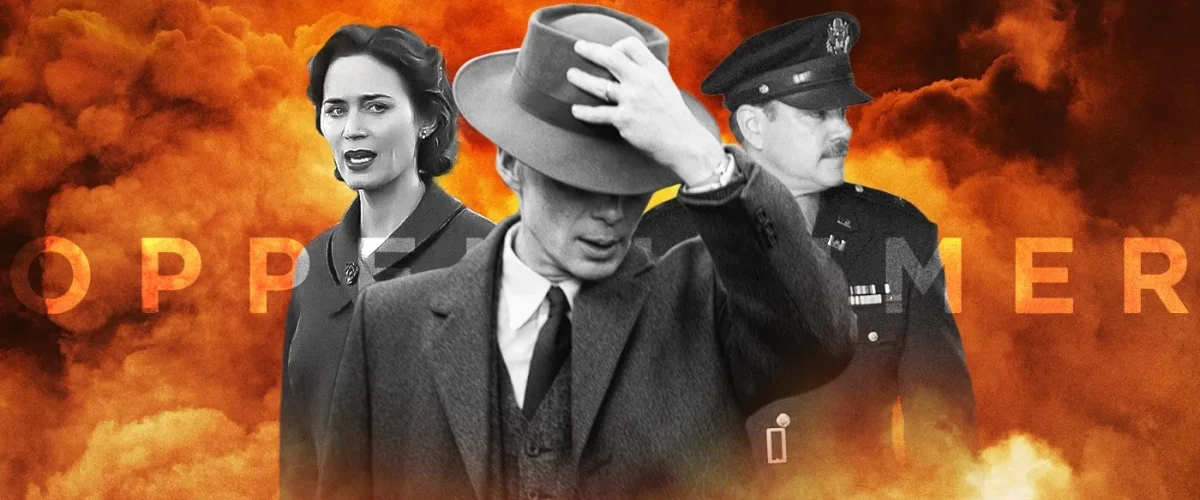It was 1989 and I had taken a class called Just Peacemaking taught by Glenn H. Stassen. For those of you not familiar with Stassen, he was a nuclear physicist turned theologian turned ethics professor at the Southern Baptist Theological Seminary from 1976 to 1996.
At this time, a seminary education was more than Sunday school and Scripture memorization. Southern Seminary was alive and thought provoking and life changing. And it was during this time that Stassen changed my life.

Glen Stassen
He loved Jesus and loved making disciples. He loved us in the way he taught and the way he passionately melded together the issues of our world and being a follower of Jesus.
As a scientist, he created the first Early Detection System used to detect incoming nuclear bombs. The system was so exacting and sensitive that it often would detect flocks of geese coming out of the Arctic.
As an ethicist, he taught us to see the problems of nuclear war and the problems created by nuclear bombs.
This week, a movie about the creation of the first nuclear bomb and its creator, J. Robert Oppenheimer, will hit the theaters. At the time of my class with Stassen, it had been roughly 40 years since the use of Oppenheimer’s creation on Hiroshima and Nagasaki, Japan.
Since World War II, we have gone from two bombs to an estimated 13,080 nuclear warheads in the world today, with Russia having 6,257 bombs and the United States 5,500. At the height of the Cold War in the 1980s, we were racing to make as many nuclear bombs as possible, knowing Russia was doing the same.
In 1986, Russia possessed more than 40,000 nuclear bombs and the United States had more than 23,000 nuclear bombs. Stassen introduced his classes to nuclear terminology including the concept of test ban treaties, knowing if a bomb cannot be tested it will not be used (see in today’s world the testing of nuclear bombs that continues in North Korea by Kim Jong-Un).
This all piqued my interest to the point where I authored a paper for a class project on the hidden problems in making nuclear bombs. You will see the story of the creation of the first bomb this week in the movie Oppenheimer. You will not see the issues related to the health of our citizens who live in proximity to the government’s hidden factories that assemble these bombs. This was the topic of my research paper for Stassen’s class.

The former Anaconda Co. copper mine in Yerington, Nev., is shown. Four hundred miles from nuclear waste poster child Yucca Mountain, another politically charged turf battle over radioactive contamination is brewing at an abandoned mine where a toxic stew has been leaking for years into neighboring wells once used for drinking and irrigation in Nevada’s high desert. Federal regulators who have spent a decade assessing the uranium and other hazardous wastes seeping into the groundwater have concluded the pollution can’t be cleaned up without adding the old Anaconda copper mine to the U.S. Superfund’s National Priority List. (AP Photo/Cathleen Allison, File)
Investigative journalists from around the country had written stories about how the government was hiding the nuclear bomb-making plants behind such things as Purina Animal Food signs or some kinds of disguise. Not having access to readily available research material, I had to get news articles from the public library. A factory known as the Fernald Feed Materials Production Center in Ohio was making parts for nuclear bombs. Residents living close by believed animal food was being made there. After all, there was a Purina checkerboard square at the entrance.
Yet, somehow, nearby residents were becoming sick and dying for no apparent reason. Only through the investigation of journalists and outside scientists was it discovered the waste material from enriching plutonium and uranium at the plant was finding its way into the drinking water and into the atmosphere in airborne nuclear particles.
All throughout the country, nuclear bomb-making factories were in existence and all of them were killing citizens without their knowledge of what was causing it.
One problem is that waste from plutonium or uranium enrichment cannot be contained. In most of the factories, the waste was stored in 55-gallon barrel steel drums. In Ohio, for example, when the workers went to move the barrels one day, they discovered the spent fuel had eaten through the bottom and seeped into the ground — affecting the ground water.
Folks using that water for drinking and bathing were developing cancer and dying. Pregnancies were being lost at a higher rate. Birth defects were being experienced at higher rates.
“To Stassen, being a faithful follower of Jesus meant taking action.”
And it didn’t stop in Ohio. Similar problems were found in Hanford, Wash., at a plant where the spent material was stored not only in barrels but also in a cement pond. Spent material seeped through the cement and into the ground, also contaminating the ground water.
And the same thing was happening at the Savannah River plant in South Carolina. Once again, residents began experiencing negative effects from the plant’s inability to properly store spent fuel.
Recently, you may have read about the efforts to store spent nuclear material in a salt cavern in New Mexico where the Colorado River runs underneath it. A salt cavern? Really? Can we not see where this would head? A porous cave and a river running beneath it would mean contamination spread far.
It turned out that different plants were making different components for the nuclear bombs, and those components were transported by rail car or truck to other plants, all with the potential of wrecking and contaminating more citizens and more of the earth.
The more I researched and gathered information, the more I discovered the terrible impact our race toward oblivion was having on God’s creation.
To Stassen, being a faithful follower of Jesus meant taking action. He believed exposing the government’s deception in creating nuclear weapons and bringing to light this injustice was a vital part of being a faithful disciple.
As you watch Oppenheimer and get a peek into the creation of the most powerful and destructive weapon in human history, remember a nuclear physicist, Glen H. Stassen, who responded to God’s call on his life and inspired his students to become instruments of peace.

Kerry Smith
Kerry Smith is a graduate of Southern Baptist Theological Seminary. He is a master artist, a former church planter, new church planting strategist with the American Baptist Churches USA, a campus minister and author of the book, Found! Reflections for Those Walking the Lonely Path of Pain.
Related articles:
Glen Stassen, Baptist peacemaker, dead at 78
Activists reflect on Baptist peacemaking in wake of Stassen death


